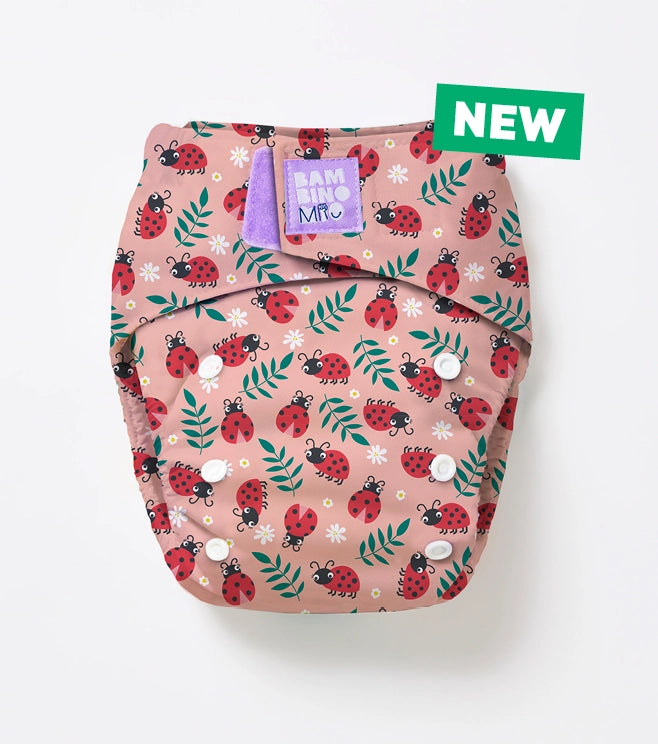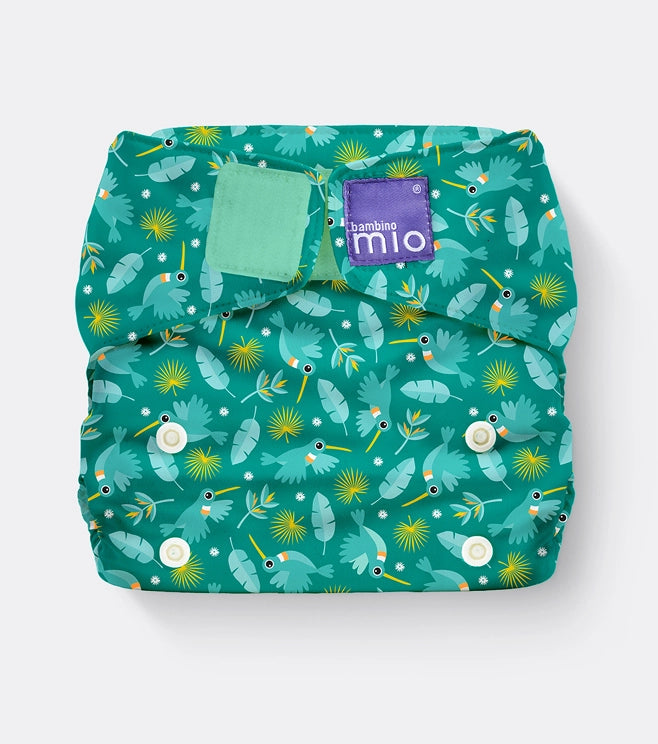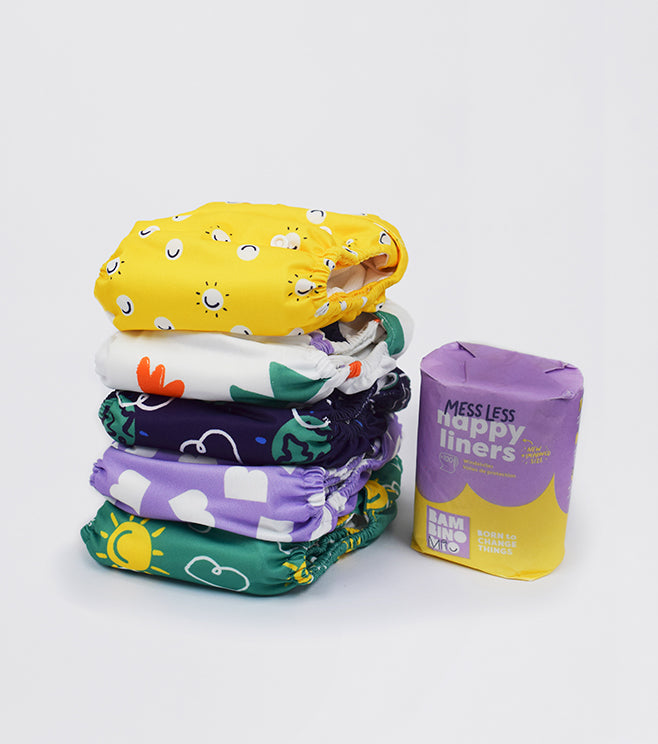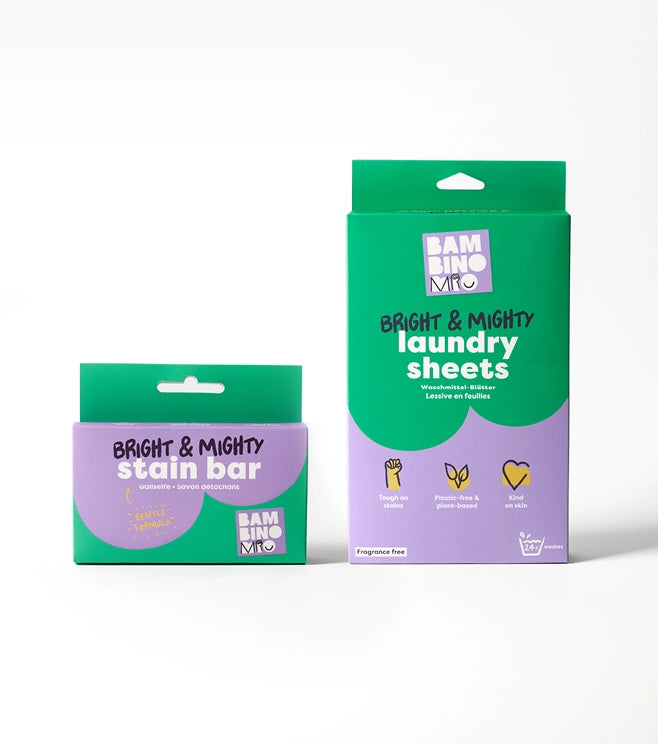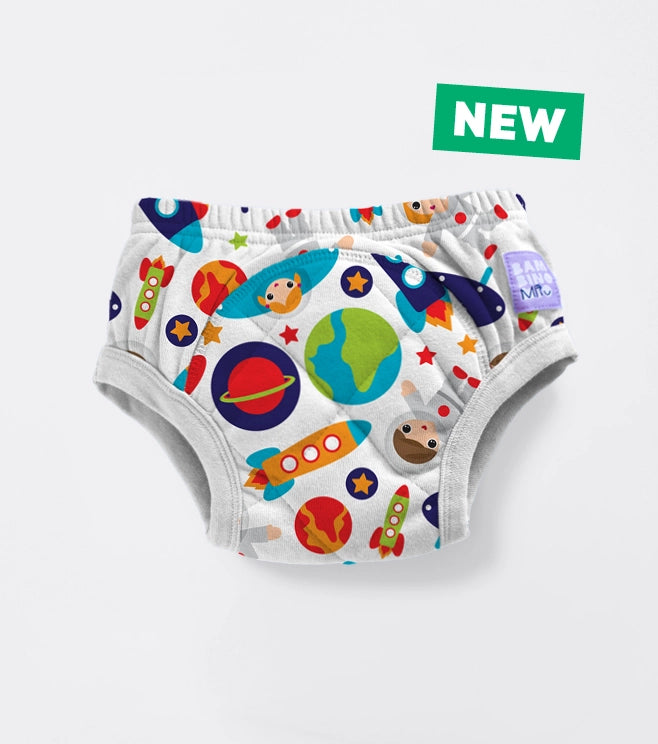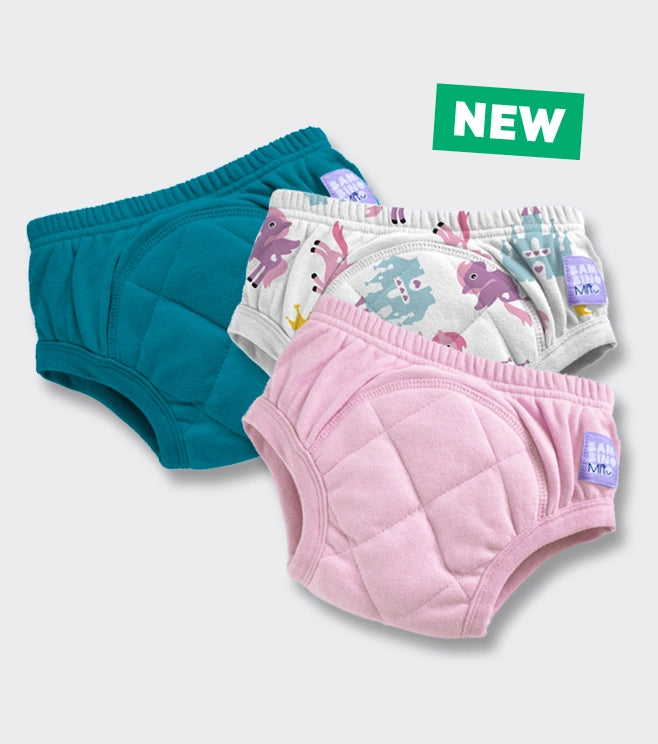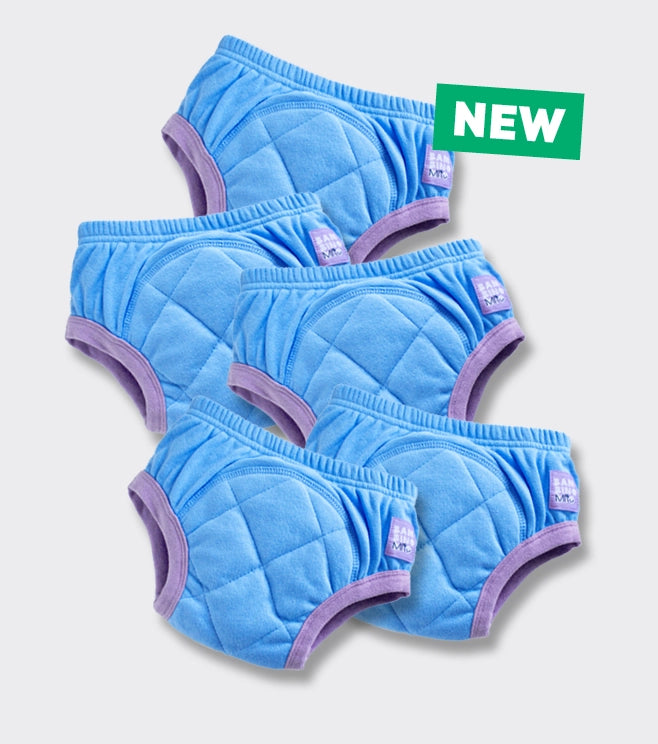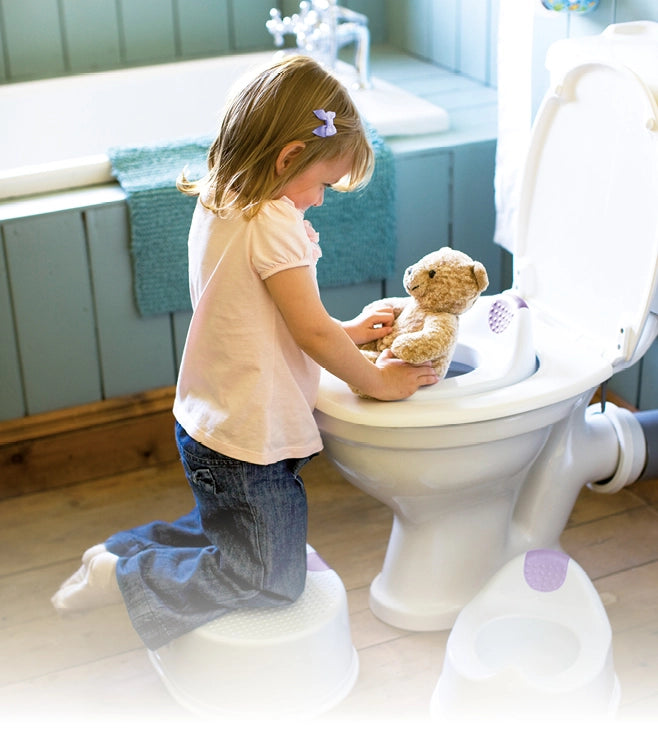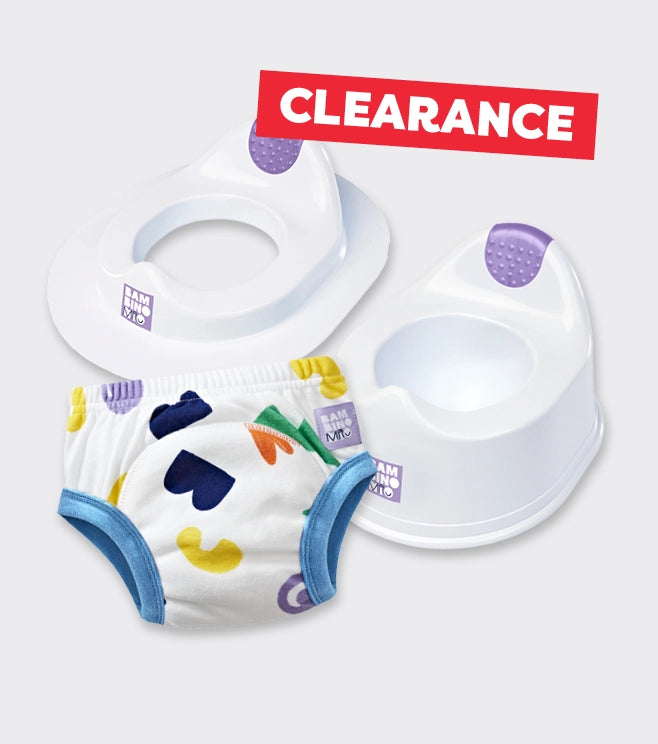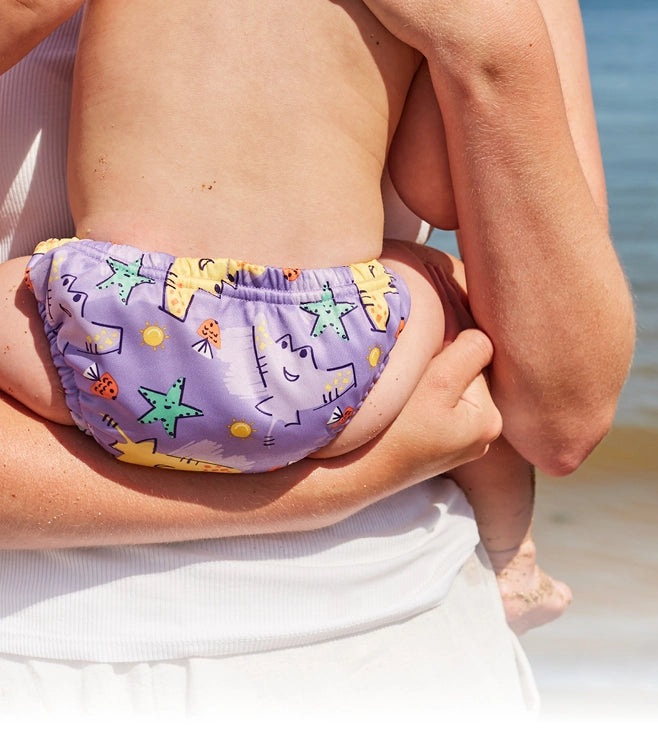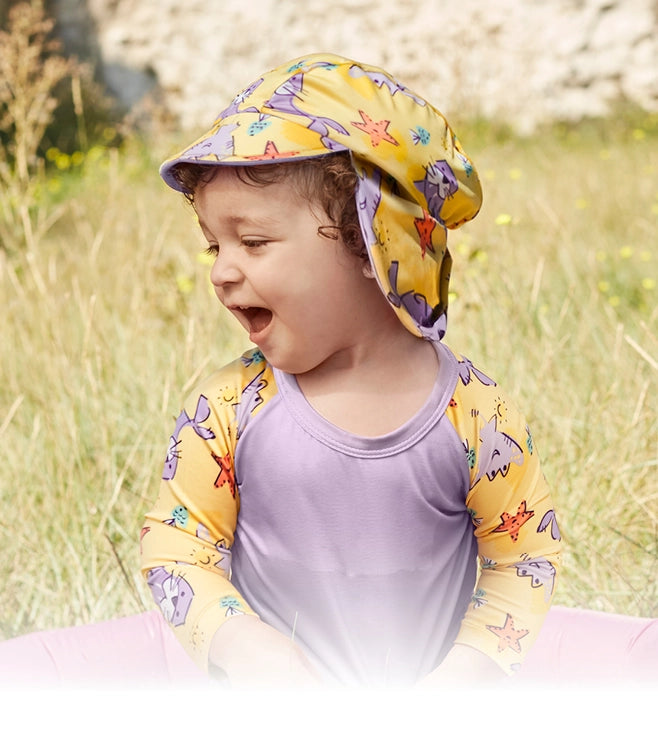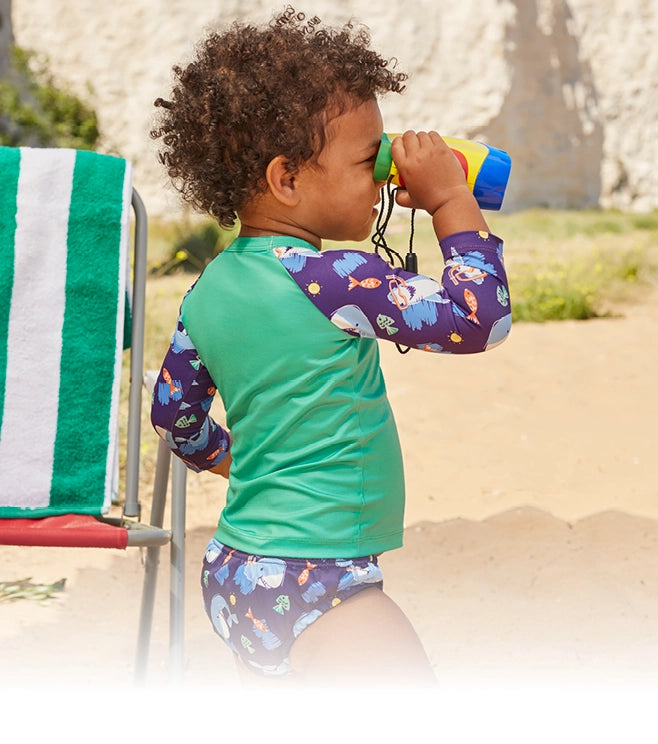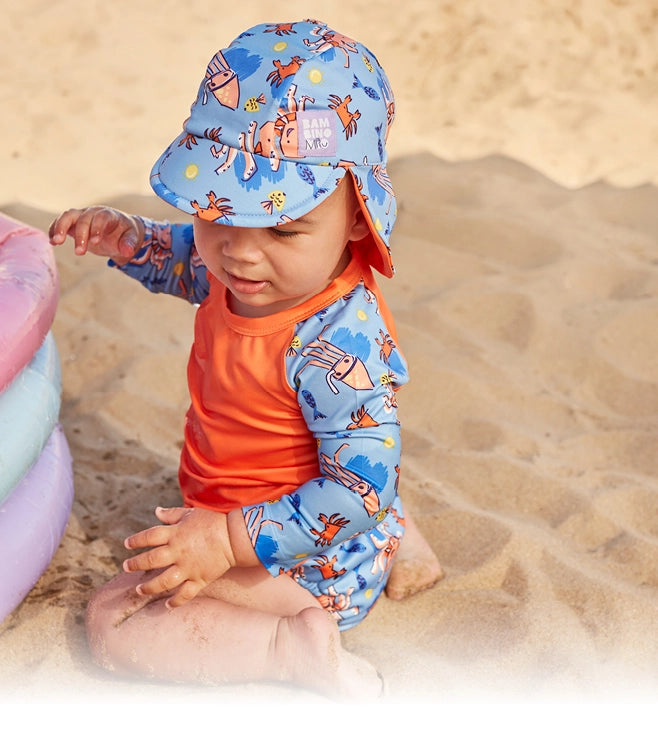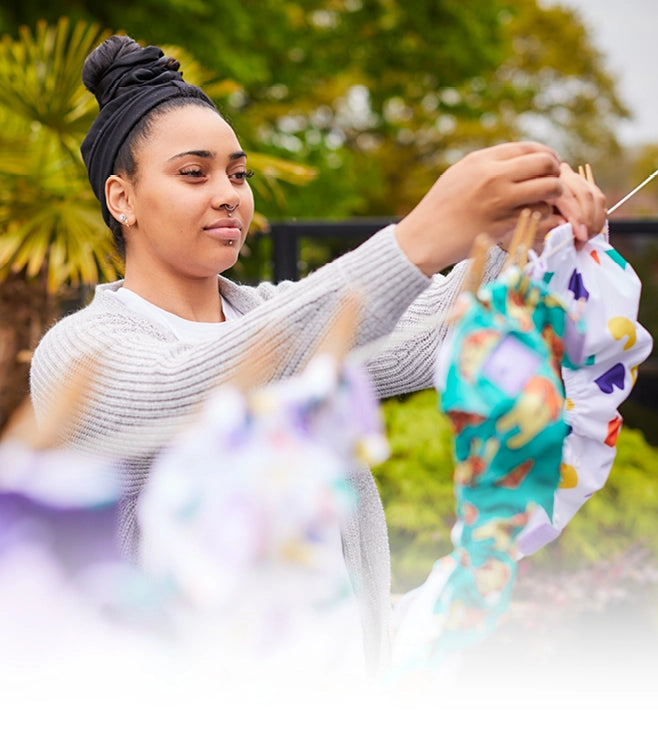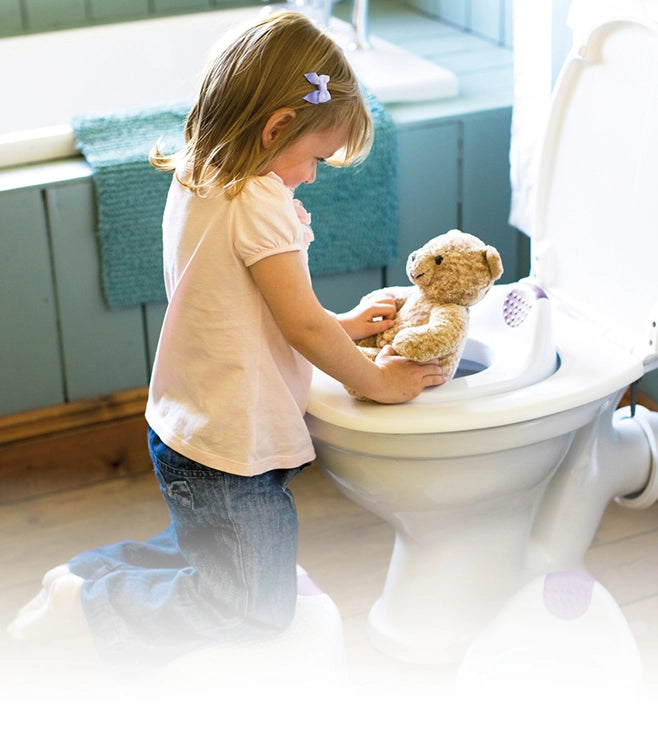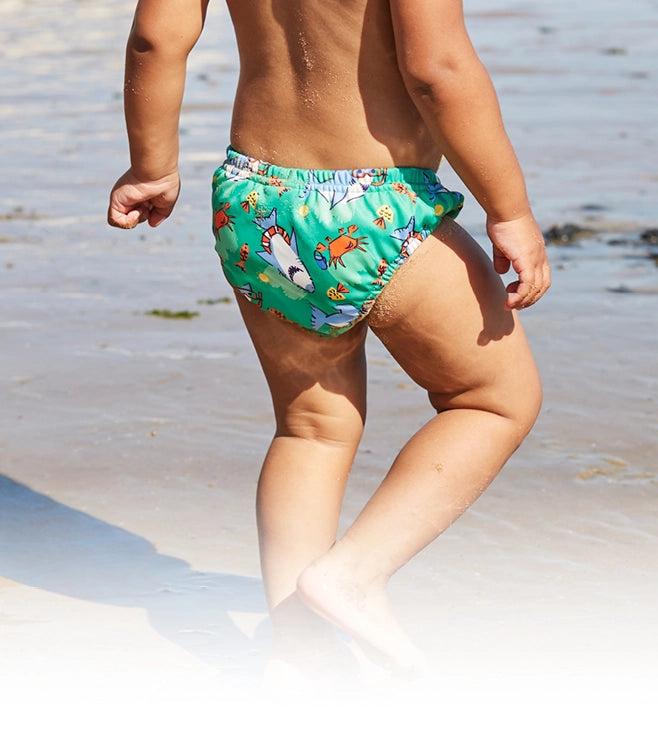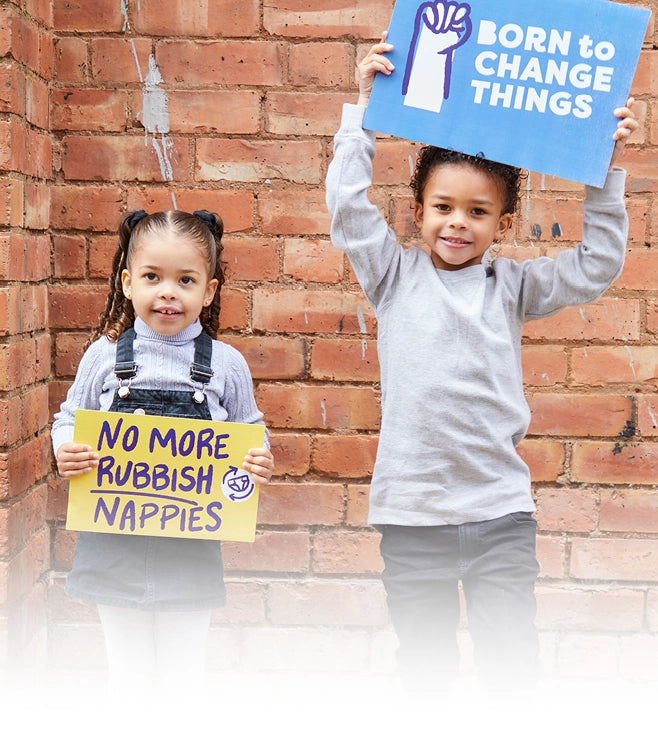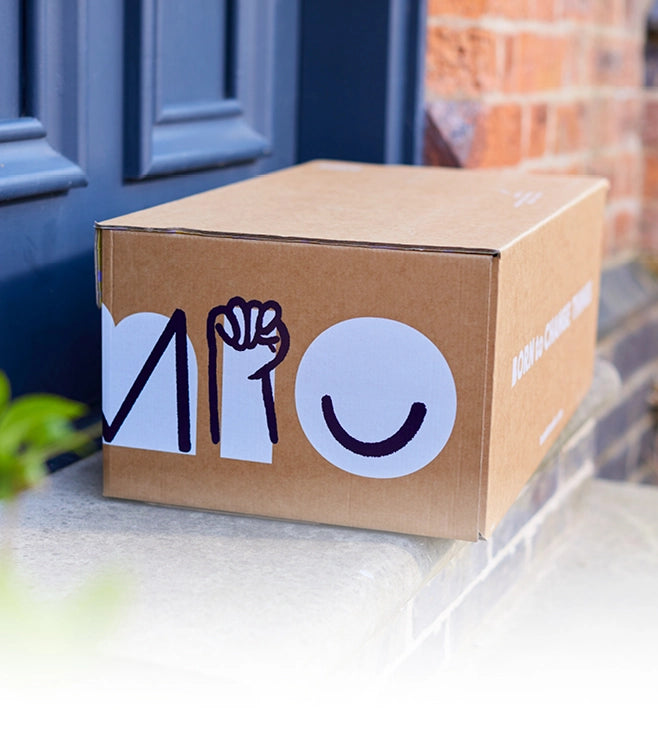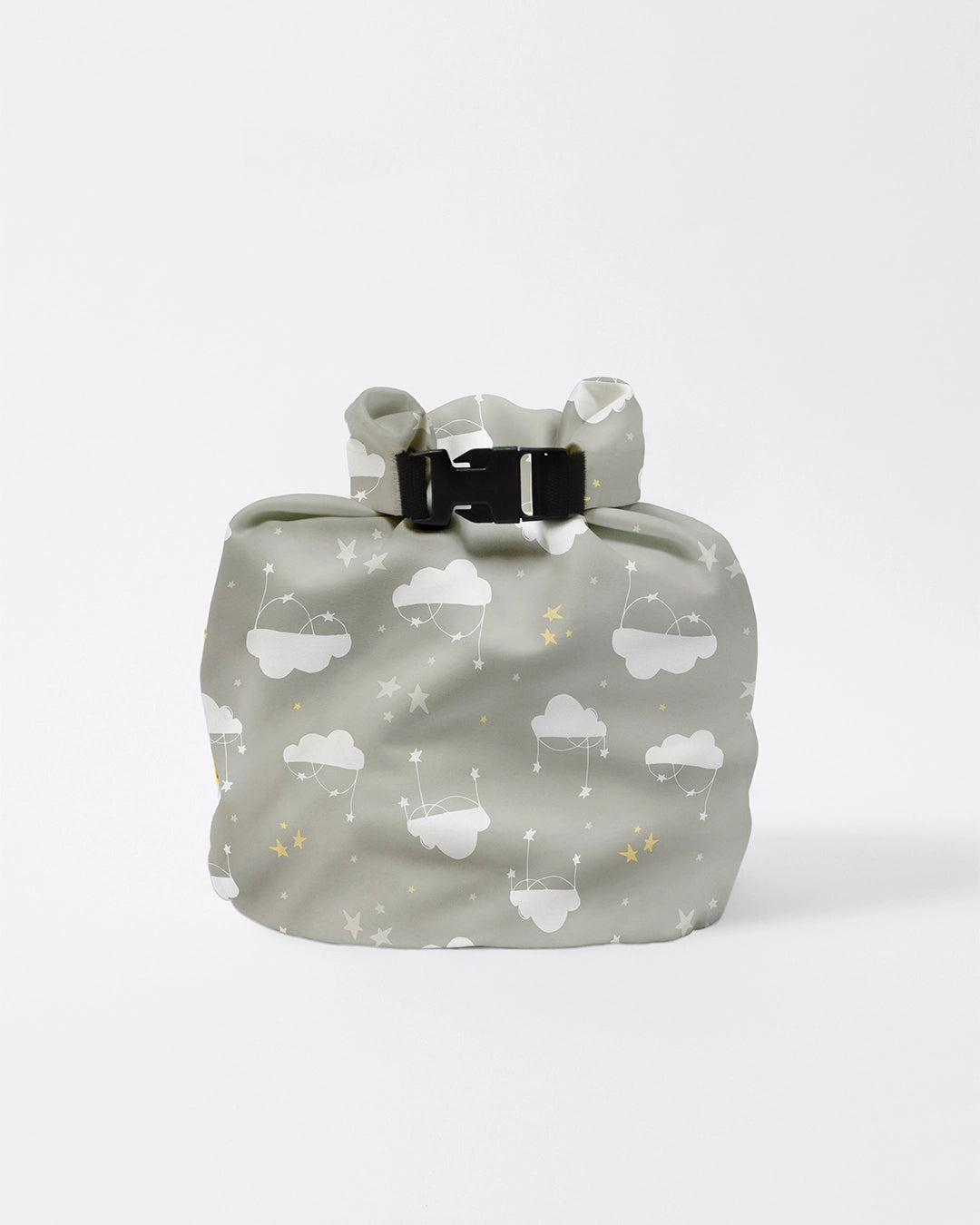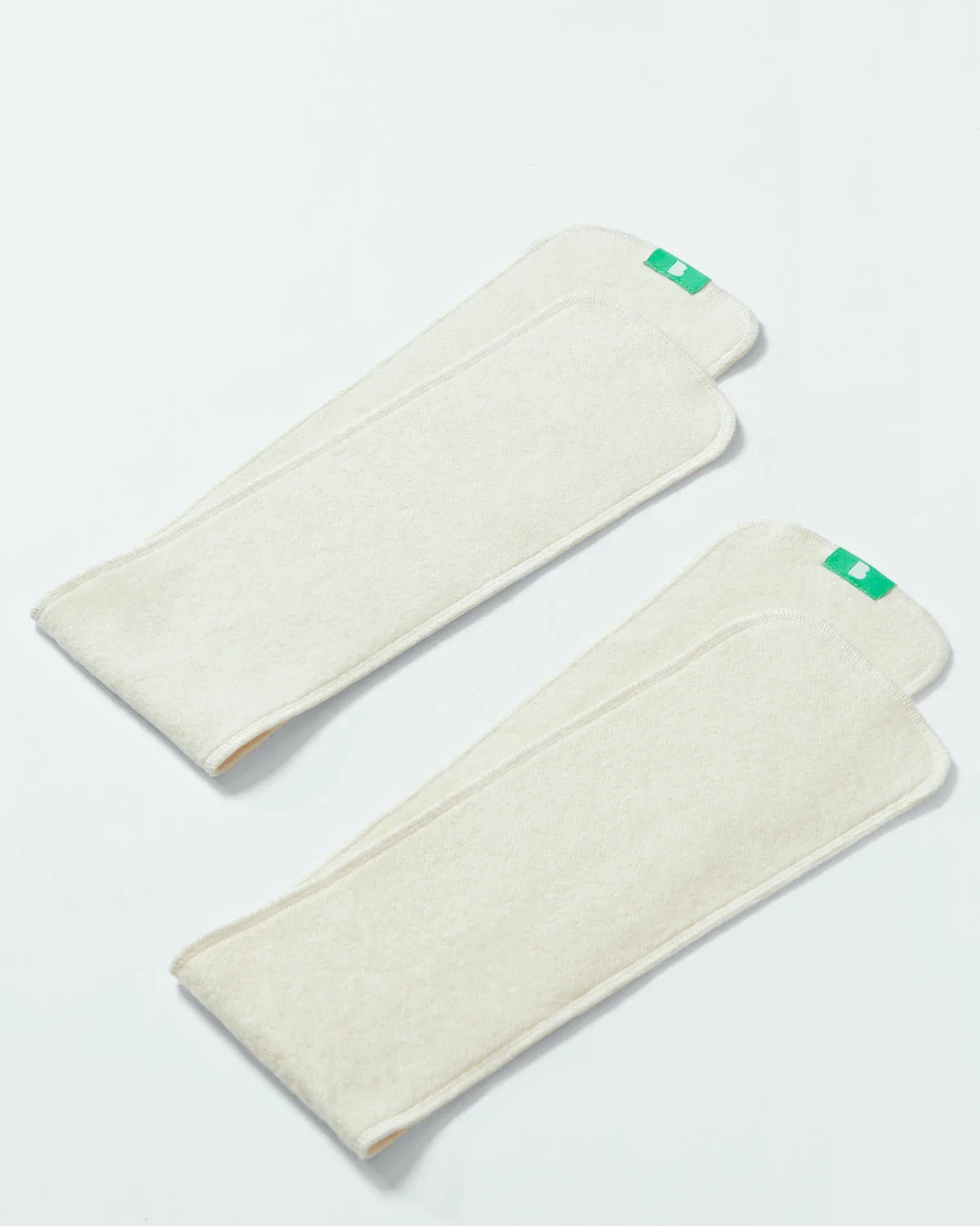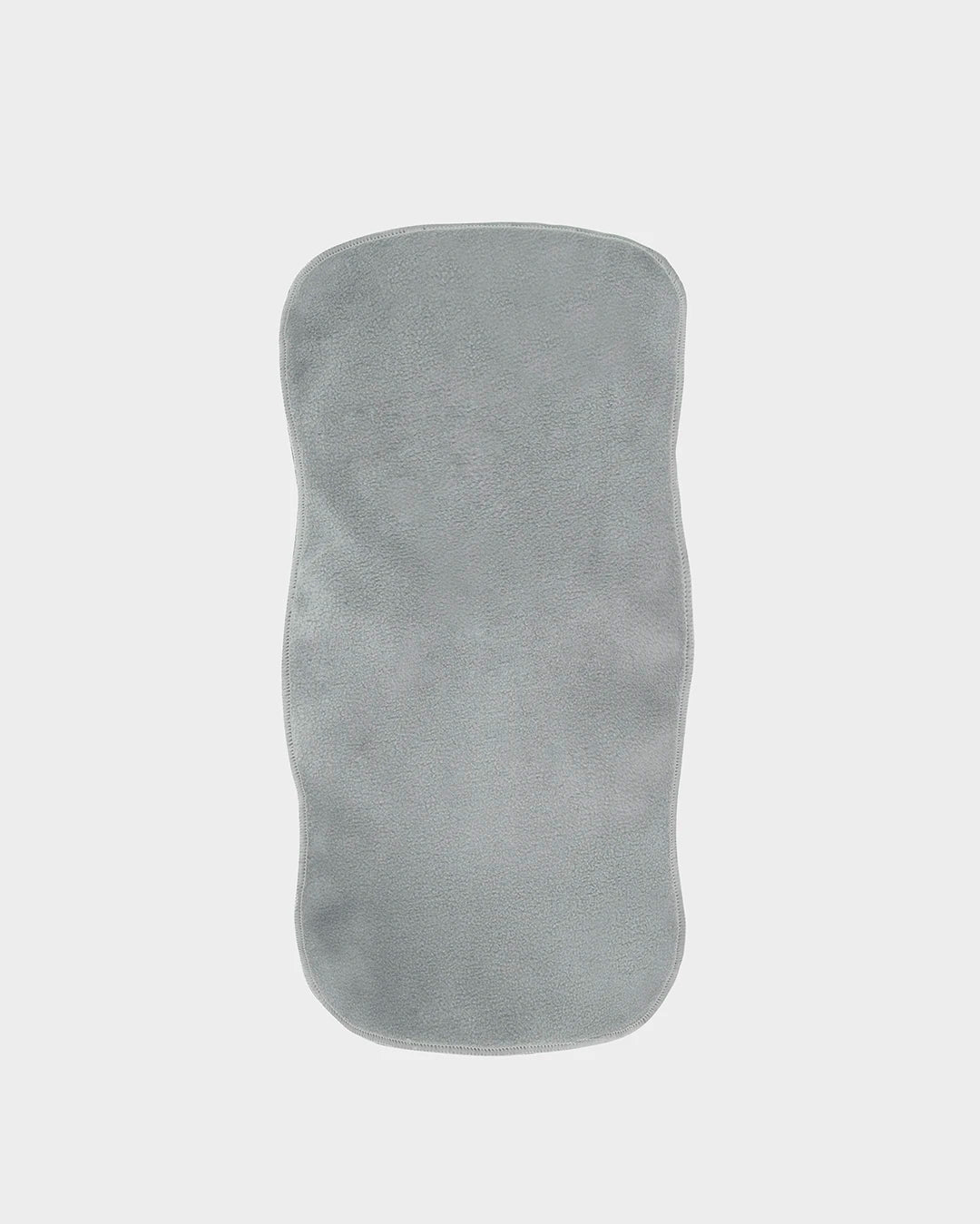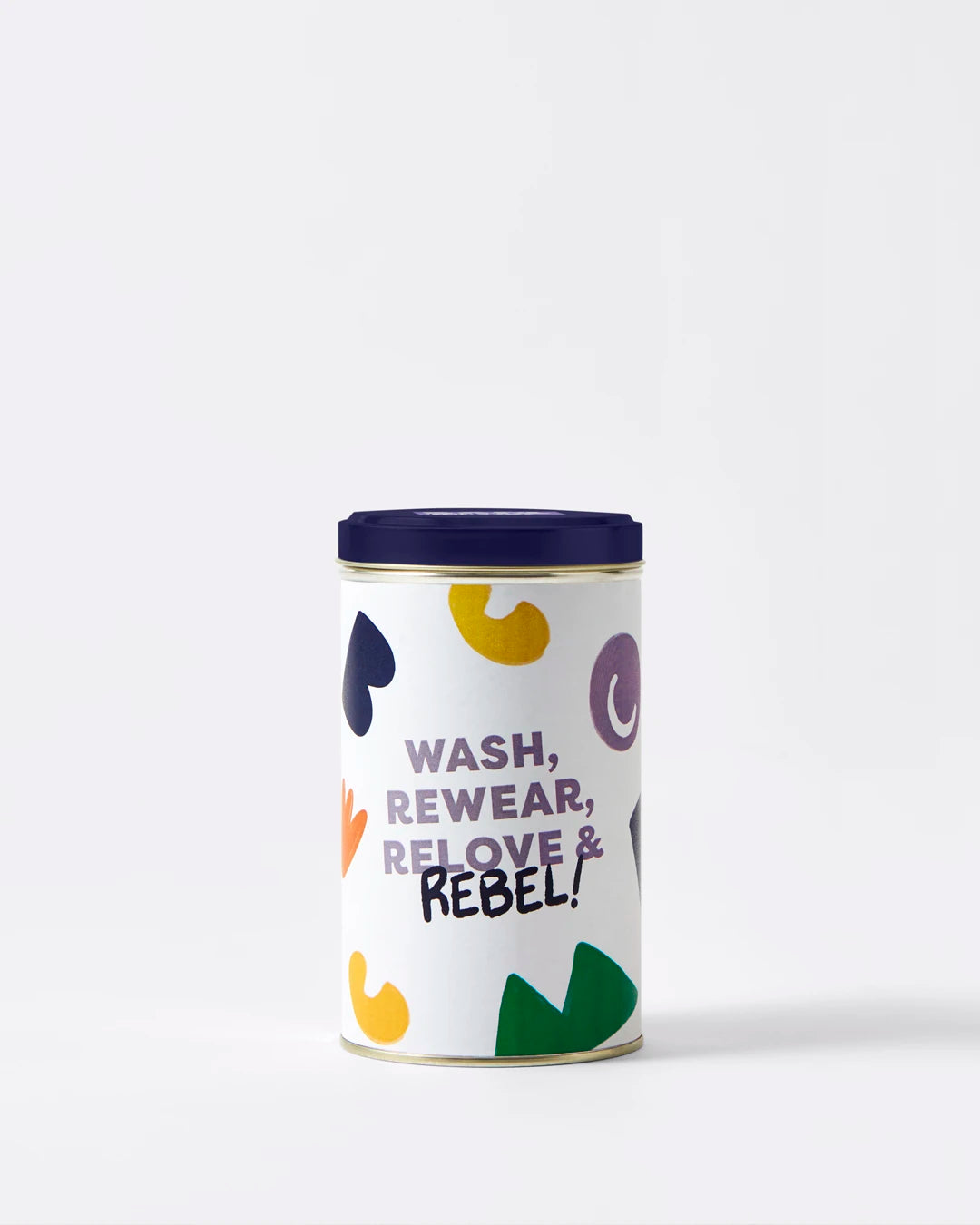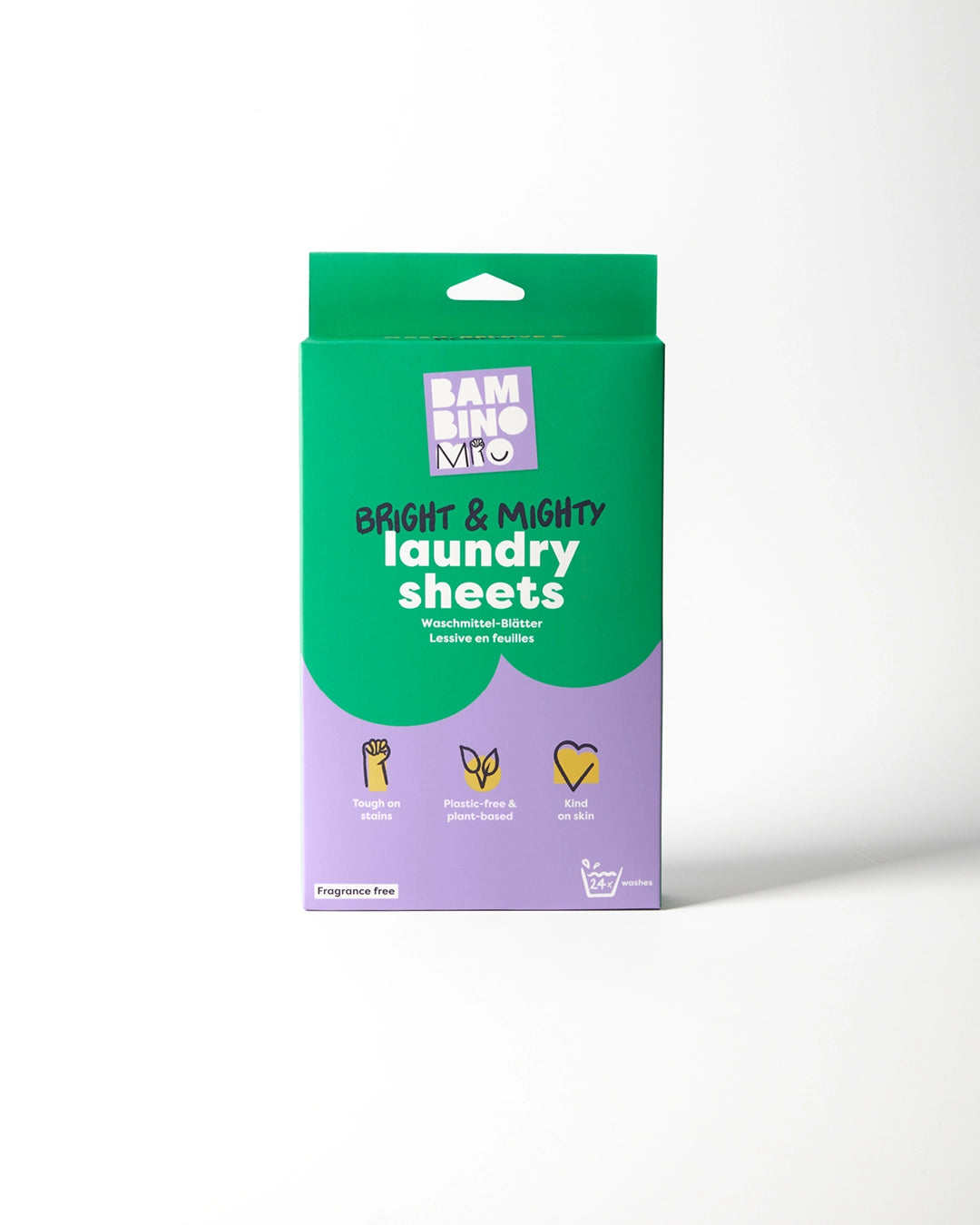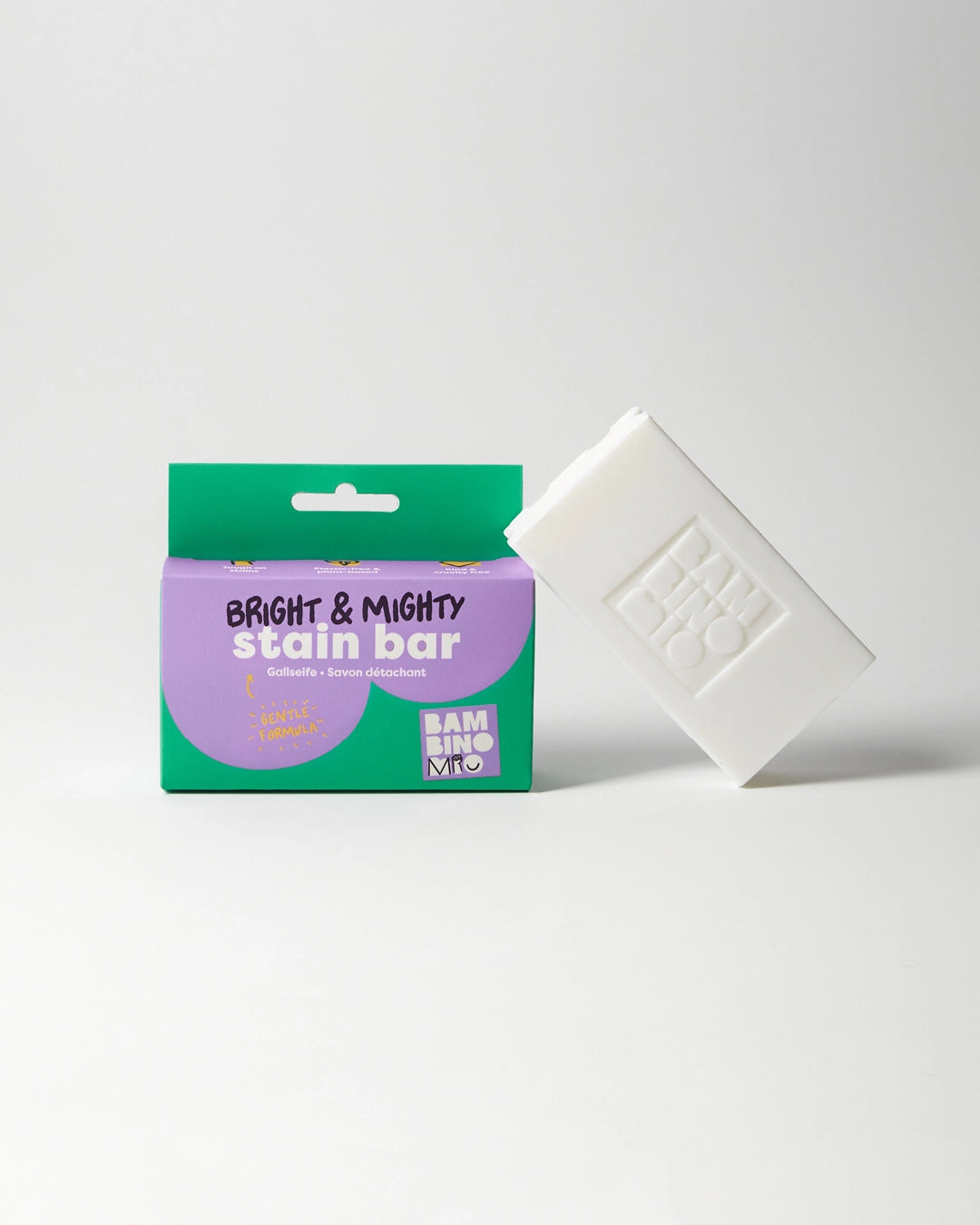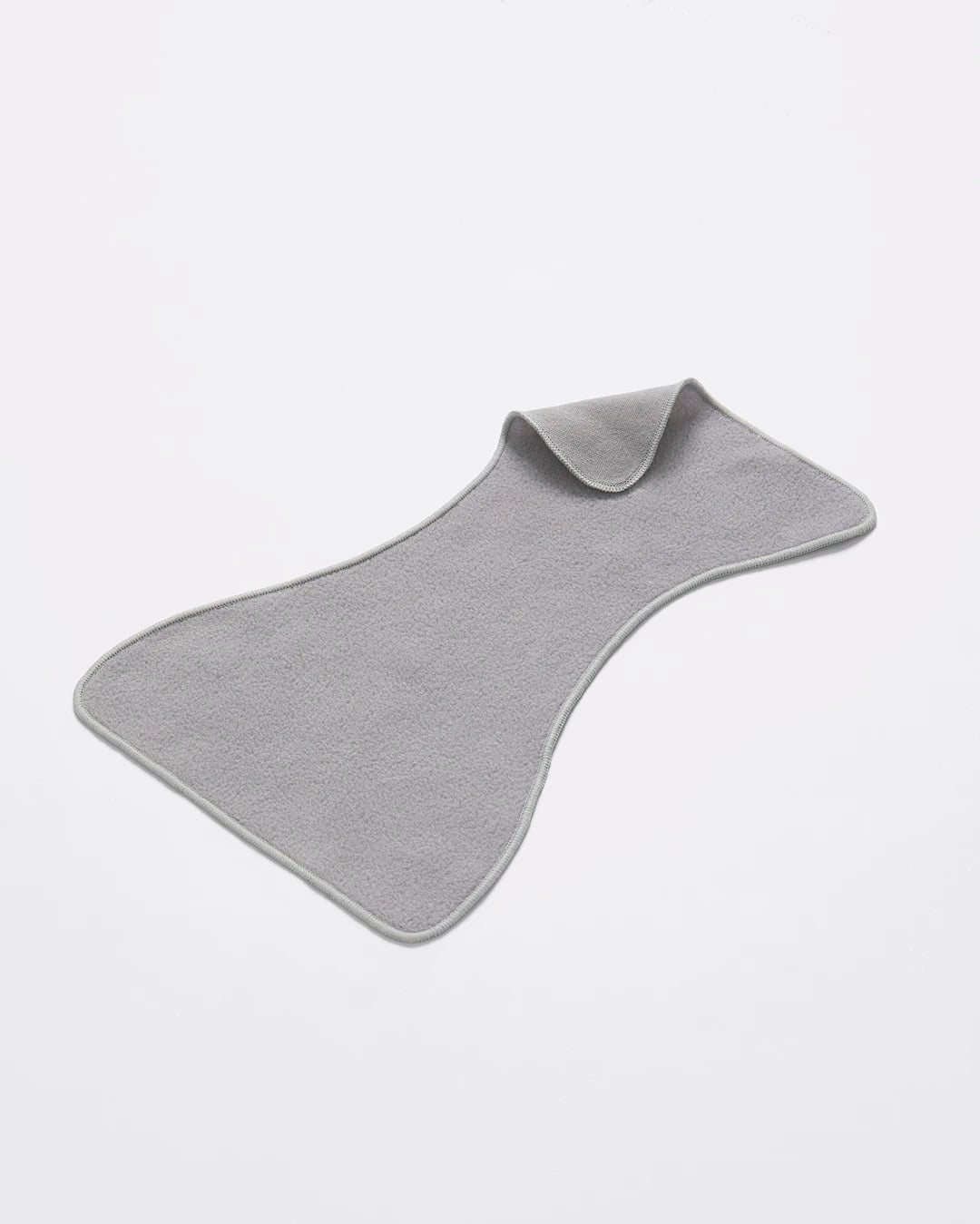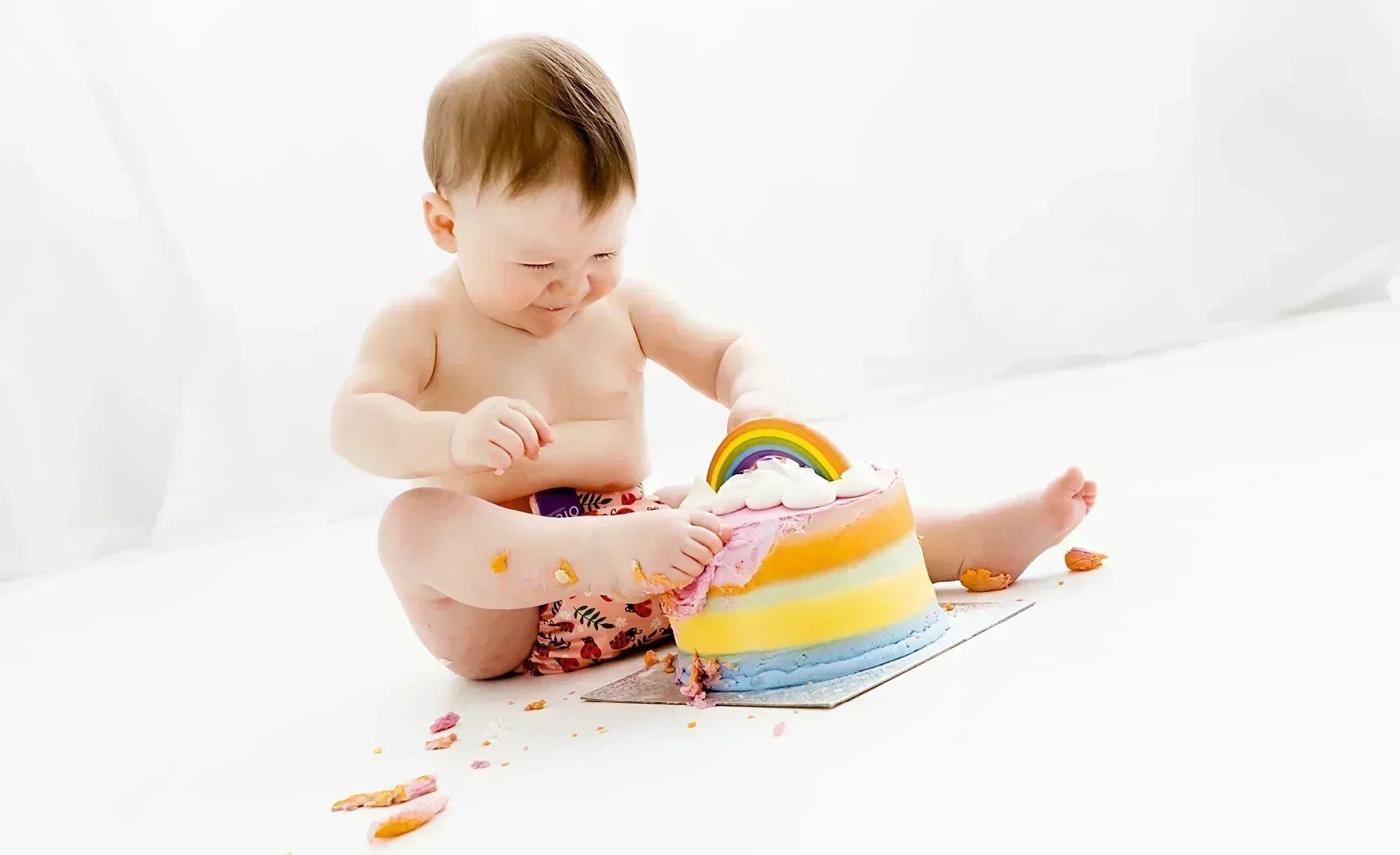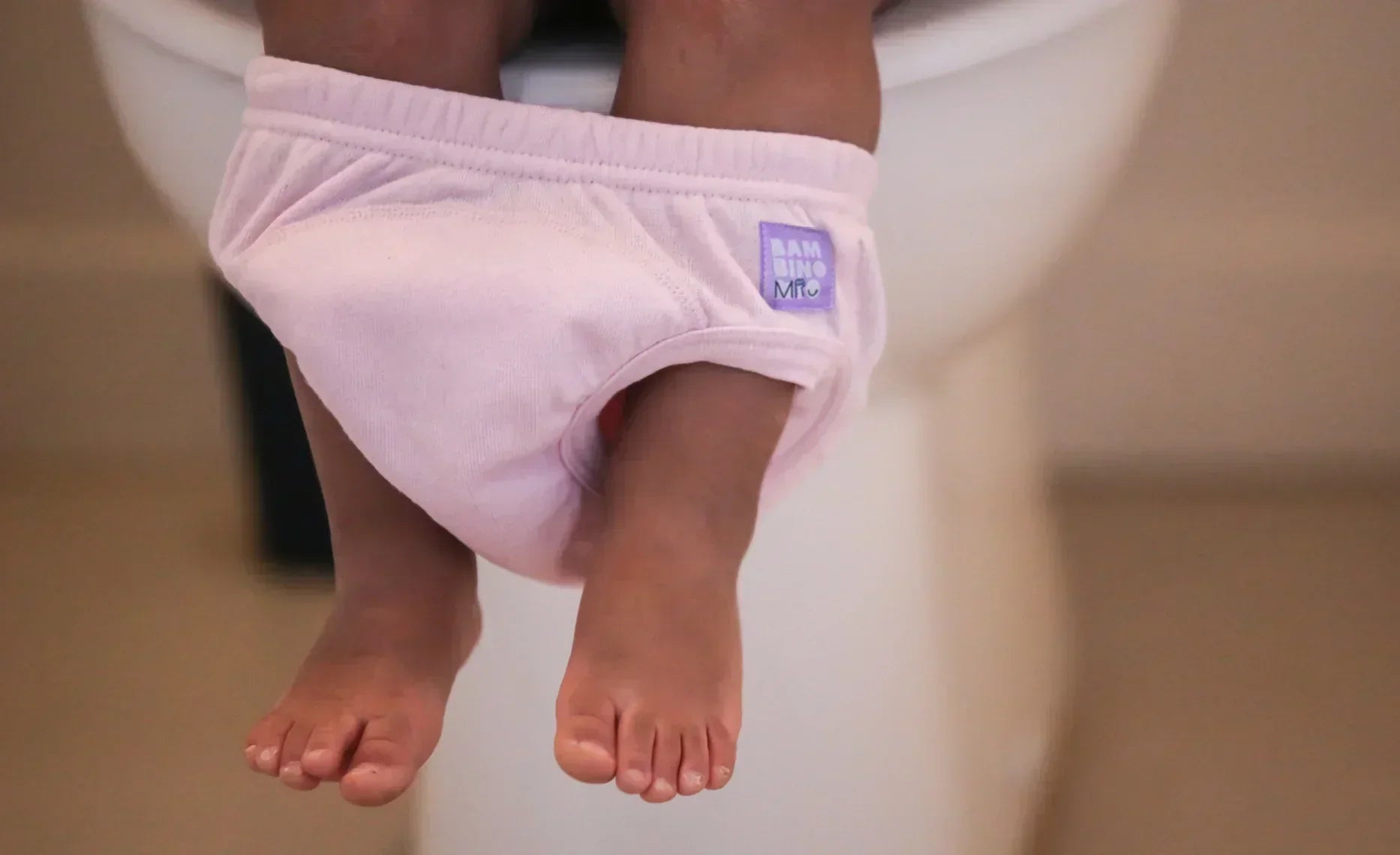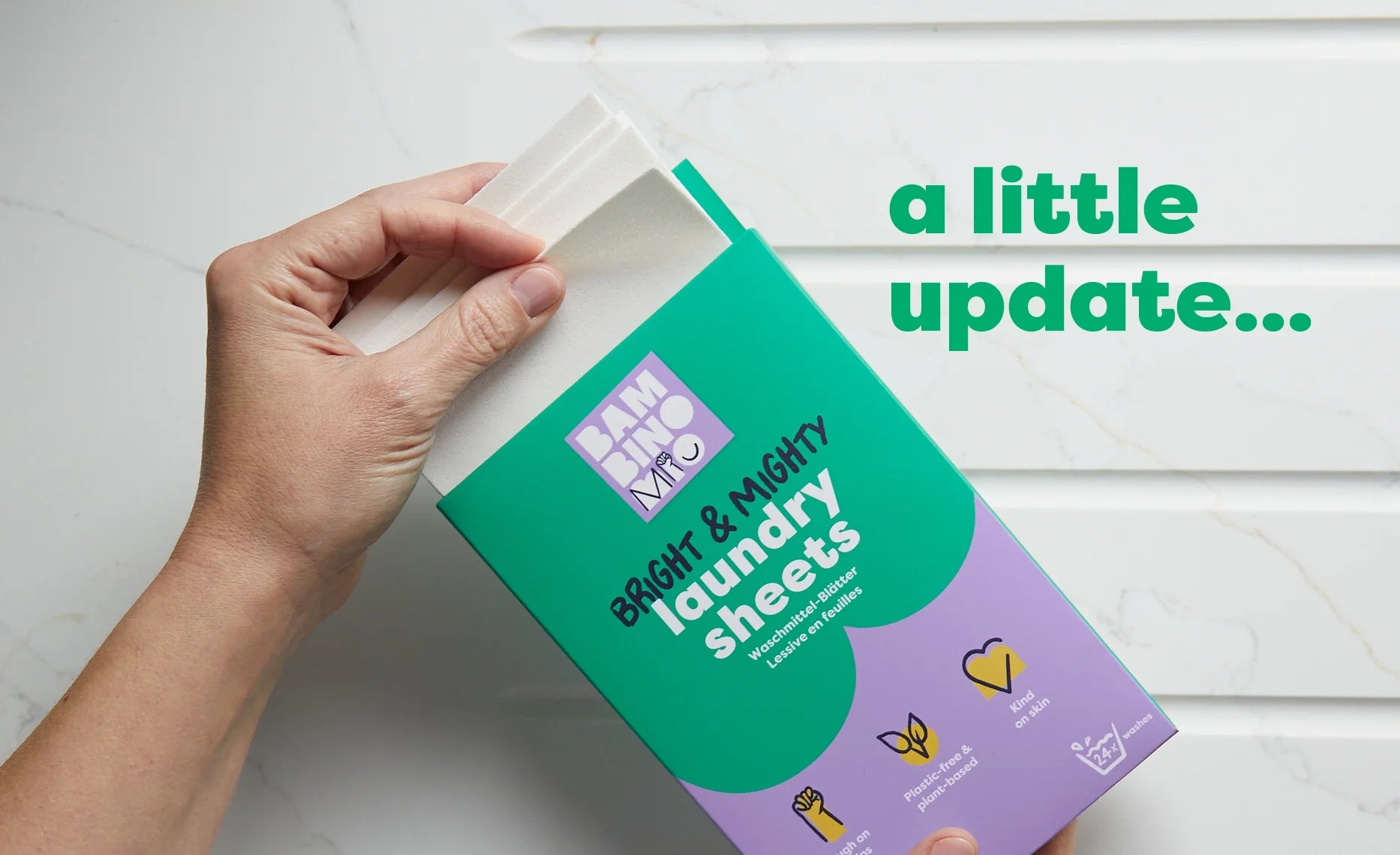Week 38 of Pregnancy | How Big is Your Baby at 38 Weeks?
Share Options
- Bambino Mio
- 09 / 07 / 2023

Inside this Article:
- Your baby is the size of a rhubarb stalk!
- Baby’s got blue eyes…
- Your 38 week midwife appointment
- How you’re feeling at 38 weeks of pregnancy
- Moving around in your last weeks of pregnancy
- Signs of labour
- Is it your waters breaking or wee?
- Things to think about at 38 weeks pregnant
- Citations and References
- Pregnancy by Week, What to Expect
Pregnancy is a time of huge change for you, your body and your life. Our guide will help you through this amazing time, letting you know what to expect at each stage and, most excitingly, what your baby is up to each week.
Your baby is the size of a rhubarb stalk!
At 38 weeks of pregnancy, your baby is around 49.5cm (19.5in) from crown to heel and around 35cm (13.5in) from crown to rump. In total, your baby is around the same length as a stalk of rhubarb and weighs around 3,200g (around 7lbs).
Baby’s got blue eyes…
For a while, at least! At this stage of development, your baby’s eye colour is probably a very dark grey-blue (1) and will be that colour at birth, too. This isn’t necessarily their final eye colour, though, as some babies’ eyes change colour within the first few weeks and months depending on how much melanin they produce.
You’ll start seeing the changes - if there are any - within a few weeks after birth but it can take up to a year for your baby’s eyes to assume their final (and beautiful) colour.
When you’re 38 weeks pregnant your baby is also busy shedding their lanugo (2), the downy hair that covers their body while they’re in your womb. Almost all of this hair will be gone by the time your baby is born but you might see some remnants on their shoulders and arms.
Your baby is, at 38 weeks’ gestation, considered early term by many doctors, but there’s still some last-minute refinements (such as shedding lanugo) and fat depositing going on in there.
Your 38 week midwife appointment
You’ll have your 38 week midwife appointment (3) around now and as well as the blood pressure checks, the fundal height measurement and urine checks, your midwife will also talk to you about what your options are if your pregnancy goes on for longer than 41 weeks (4).
There are a few options available to you if you go over term, such as induction or extra monitoring if you choose not to be induced. Most babies are born a week either side of their due date, however, so while it’s good to have a plan of action, you probably won’t need to use it.
How you’re feeling at 38 weeks of pregnancy
Your body isn’t going to get any bigger now, as baby’s pretty much done apart from a little bit more fat being laid down.
However, you’ll feel like you can’t get any bigger by now and walking can become uncomfortable in these last few days. Your baby’s head is firmly ensconced in your pelvis and you don’t have much room left in your abdomen so you’re doing the pregnancy waddle (5)!
It’s time to slow down and just do the basics now - a gentle walk, a swim or just some breathing exercises (6) to help you to relax and pass the time. Pregnancy can make you a bit clumsy, what with the extra weight and those pregnancy hormones softening your joints (7), so don’t do anything too tiring or demanding.
Moving around in your last weeks of pregnancy
Of course, if you feel like a stroll, then go for one, but it’s important to be careful and look after your balance (8). You might find it difficult to keep your balance during the last few weeks of pregnancy, so here’s how to help yourself.
- Wear flat and supportive shoes so you’re more sure footed and less likely to hurt your ankles
- Move at your own pace - there’s no rush to get anywhere
- If you’re reaching for something, stop and think before you make a sudden move
- Look at your surroundings - is there anything you could trip or slip on?
- Don’t do anything too ambitious like tricky climbing or walking somewhere that needs good balancing skills
- Wear a supportive belt to keep your abdomen and pelvis more comfortable
- Eat small meals and drink lots of water throughout the day so your blood sugar and hydration levels are stable
Signs of labour
As the big day draws ever nearer, you’ll be wondering if every single twinge is IT! Typical signs of labour (9) starting include:
- Sudden loss of your mucus plug if you haven’t lost it already
- Your waters breaking - this can be a slow leak or a sudden gush, although it’s rarely the way you see on screen
- Pains or cramps in your lower back, in your pelvis or in your belly
- Noticeable contractions, which don’t necessarily have to be painful, but which involve your belly hardening and softening in waves
Is it your waters breaking or wee?
Your amniotic fluid is held in the amniotic sac, which consists of two membranes. These membranes rupture during delivery or labour so your baby can move down the birth canal.
For many women, this rupture happens during labour, but others break their waters some hours before labour starts. In these cases it may be more like a trickle and you might think you’ve leaked some urine. Amniotic fluid is distinct from urine:
- It doesn’t smell like urine, in fact it doesn’t have much of a smell
- It’s colourless
- It may have small pale or white flecks in
A good way to tell if it’s urine or amniotic fluid is to put a pad in your knickers and see if it gets wetter. If it was wee, it’s unlikely to get any wetter, but if it’s consistently taking on more fluid, it may well be your waters “going”.
If it is your waters, you need to tell your midwife or maternity unit immediately (10), even if you’re not feeling any contractions. This is because you’re either going to go into labour imminently or, if you don’t, you might need to be monitored to make sure you don’t develop an infection.
Things to think about at 38 weeks pregnant
Your baby could arrive any day now so it’s time to check over your hospital bag. To find out what to put in your hospital bag, read more here.
Sort out any care or cover you may need for older children, pets, plants or anything else that you won’t be able to do for a few days.
If your reusable nappy bundle has arrived already, then you can pass a few relaxing hours by giving it a few pre washes to make the fabric as absorbent as possible.
Citations and References
(1) Healthline. ‘When do babies’ Eyes Change Color.’ 2020. Web. www.healthline.com/health/baby/when-do-babies-eyes-change-color
(2) National Institutes of Health (NIH). National Library of Medicine. ‘Embryology. Lanugo.’ 2022. Web. www.ncbi.nlm.nih.gov/books/NBK526092
(3) National Health Service (NHS). ‘Your Pregnancy Care. Your Antenatal Appointments.’ 2023. Web. www.nhs.uk/pregnancy/your-pregnancy-care/your-antenatal-appointments
(4) National Health Service (NHS). ‘Choices When Pregnancy Reaches 41 Weeks.’ 2016. Web. assets.nhs.uk/prod/documents/IOL-leaflet-40plus-weeks_vTDF3v5.pdf
(5) Healthline. ‘What Causes a Waddling Gait?’ 2018. Web. www.healthline.com/health/waddling-gait
(6) National Health Service (NHS). ‘Labour and Birth. Breathing During Labour.’ 2023. Web. www.nbt.nhs.uk/maternity-services/labour-birth/breathing-during-labour
(7) Cleveland Clinic. ‘Body Systems and Organs. Relaxin.’ 2022. Web. my.clevelandclinic.org/health/body/24305-relaxin
(8) National Institutes of Health (NIH). National Library of Medicine. ‘Changes in balance strategy in the third trimester.’ 2015. Web. www.ncbi.nlm.nih.gov/pmc/articles/PMC4499990
(9) National Health Service (NHS). ‘Signs of Labour. Signs that Labour Has Begun.’ 2020. Web. www.nhs.uk/pregnancy/labour-and-birth/signs-of-labour/signs-that-labour-has-begun
(10) National Health Service (NHS). ‘Waters Breaking Before Labour Starts.’ 2021. Web. www.gloshospitals.nhs.uk/your-visit/patient-information-leaflets/waters-breaking-labour-starts
Pregnancy by Week, What to Expect


